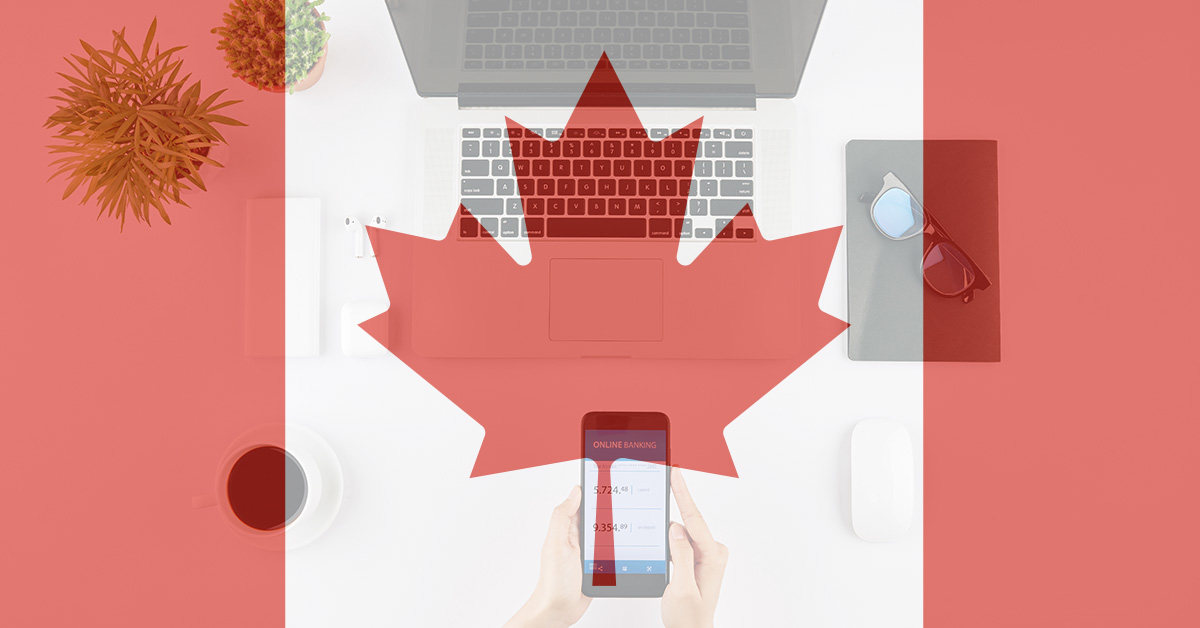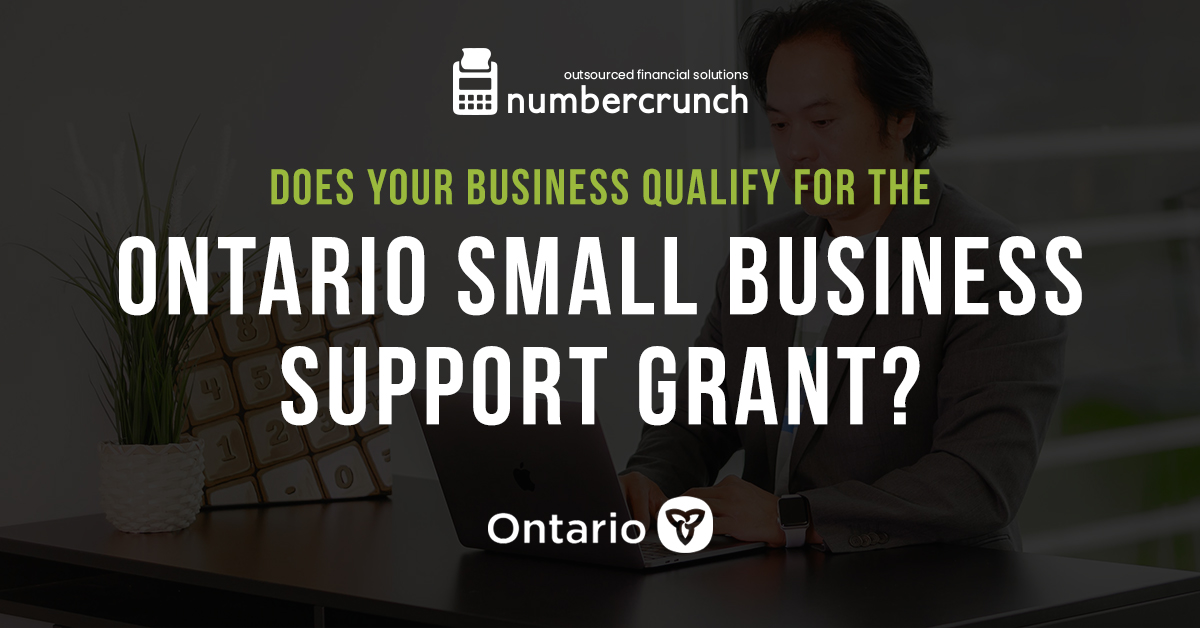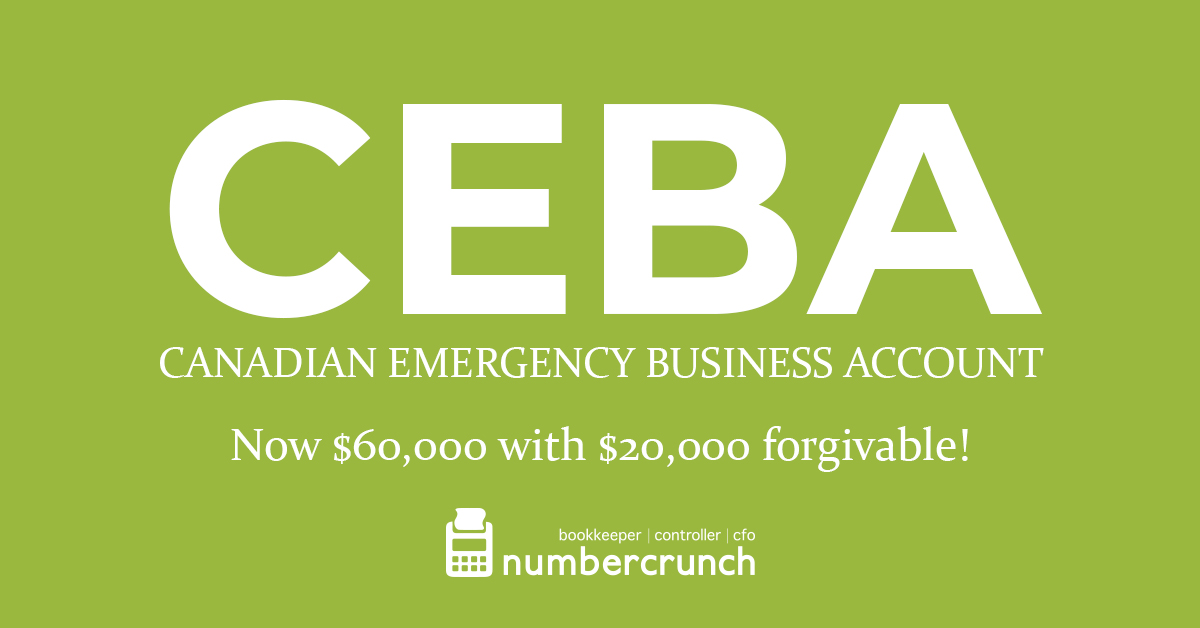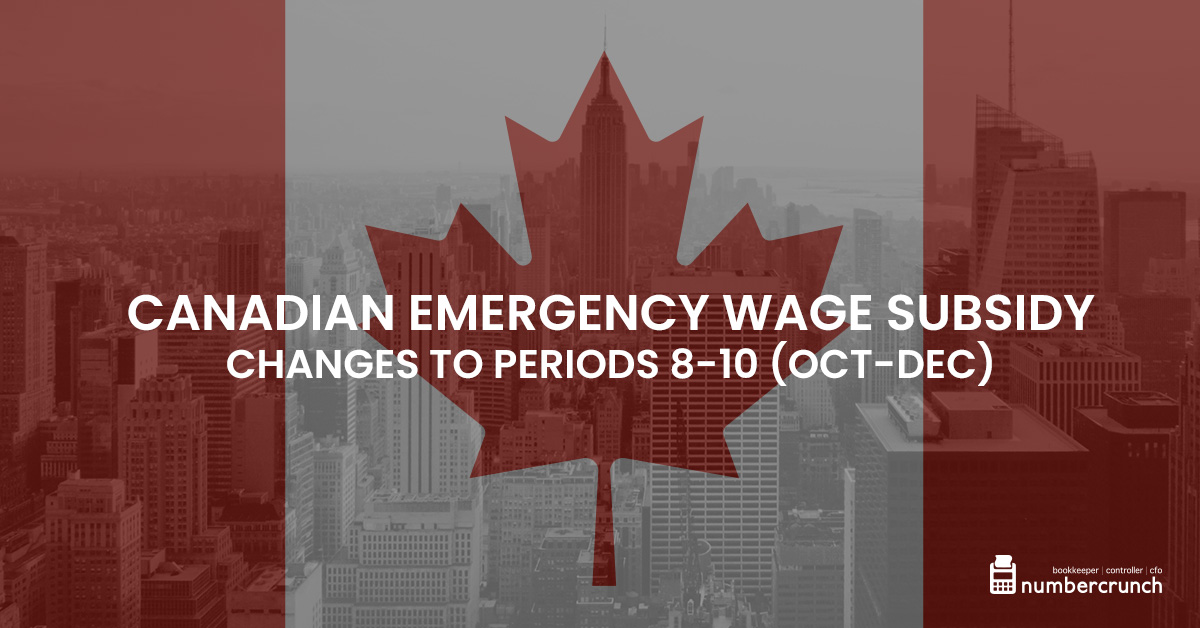Now that we are 10 weeks into the pandemic era, we are all speaking a new language. #Social distancing, #physical distancing, #CEWS, #CEBA, #CERB, and #RRRF are all trending.
The Regional Relief and Recovery Fund (RRRF) is financial support for those that have been unable to access existing support measures. FedDev Ontario (the body charged with delivering RRRF for southern Ontario SMEs) has stated that RRRF seeks to provide funding to “those who do not qualify for, or have been rejected from, current Government of Canada COVID-19 relief”. They go on to confirm that in order to be considered eligible you must have already applied to other relief measures for which you are eligible, including:
So in order to apply for RRRF you need to know if you are eligible for RRRF. Please keep in mind all banks have their own underwriting criteria. We’re hoping that since the Federal Government is guaranteeing these loans that there will be a fairly consistent treatment, however so far the banks have not all performed equally when it comes to COVID-19 support.
The Business Credit Availability Program BCAP) is funded through both EDC and BDC resulting in two options for you to consider. The amount of each one is essentially based on your company size (revenue based determination). You still approach your Financial Institution (FI) and for clarity that means RBC, Scotiabank, TD, etc. for each of these options, but the structures vary depending on the one you choose:
-
EDC Version: EDC provides your FI with 80% guarantee on the establishment of a new line of credit (LOC) to enable you to sustain operations. This guarantee is essentially to encourage your FI to increase your access to credit. The FI takes on the remaining 20% of risk in the event you can’t repay.
-
BDC Version: The BDC version is a term loan with up to a 10 year term and the amounts can go all the way to $12.5Million although a company with $1Million revenues in 2019 would be eligible for up to $312,500. Once again BDC is covering 80% of the guarantee which is intended to encourage the FIs to increase credit beyond what they normally would.
What is the eligibility criteria?
The major driving factor for this program is debt-servicing capabilities. What does that mean? It means you have to be able to demonstrate that your business is likely to be able to afford the principal and interest payments when this pandemic passes.
How does one demonstrate they can afford to take on a loan?
Here are a two key considerations to keep in mind:
-
The bankers will want to see evidence that you were cashflow positive before the pandemic hit. Cashflow positive to a banker is a demonstrated with a positive EBITDA*. *A reminder that EBITDA is Earnings Before Interest Taxes and Depreciation/Amortization. Simplified further, just take your bottom number of your Income Statement (or P&L) and add back Interest expense and Depreciation.
-
The bankers will also want to believe that you can realistically return to cashflow positive post-COVID within 12-18 months. Things will not be business as usual for most inside of one quarter, but as nimble entrepreneurs we should be able to put together a recovery plan that gets us back on track within 12 months.
What if I am a SaaS company that is not EBITDA positive?
The SaaS business model for early stage businesses presents a problem when trying to demonstrate positive cashflow by way of EBITDA. For this particular business model you will need to add in other sources of cash for demonstrating #1 and #2 above. Bankers generally have a difficult time understanding the SaaS model so when sharing a forecast you’ll need to represent your investor support similarly to how you represent revenues from clients in order to demonstrate assurances that you will be viable going forward. And once again it is important to be realistic (conservative) about the sources of these alternate funds.
How much EBITDA do I need to show?
The banks are generally looking for you to demonstrate a Debt Service Coverage Ratio (DSC) of 1.1/1. The Debt Service Ratio is calculated by dividing EBITDA by the sum of all your Interest and Principal Loan payments (P&L) for the same given period. So if you generate EBITDA of $100k per year and the sum of all your Principal & Interest payments are $50k/year you’ll have a DSC of 2/1.
-
So essentially in order to meet the DSC criteria you’ll need your P&I payments to be less than 90% of your EBITDA. And keep in mind P&I includes payments covering any existing loan payments as well.
“Banks do not fund losses.”
Any time you talk to a banker they are likely to make this statement. What they mean by this is that their funds are to cover one of 2 things: a) timing variances associated with collecting from customers and b) pre-determined investments that will help grow the business. The two most common types of investments are capital purchases or hiring staff. If you purchase equipment, computers and other assets you are not creating ‘losses’ in the bank’s view. The assets are located on your balance sheet and although you depreciate them over time Depreciation expense is excluded from EBITDA so the bank is essentially not considering this with respect to the DSC. However when you use funds to hire more resources these costs do result in expenses that reduce EBITDA so you are impacting your DSC. It is important to be aware of the optics of your “investments” when it comes to banking and always approach your banker before you decide to make financial decisions that will result in EBITDA going into the red.
What if I was not EBITDA positive (even after factoring in investor support) and do not expect to be EBITDA positive within 12-24 months?
I suggest you reach out to your banking rep and be up front about it so that you can quickly get them to confirm that you would not be eligible for BCAP. This will help you satisfy one of the eligibility criteria for RRRF that you were rejected by your FI for BCAP. Ask them to provide you with an email that stages something like this for your records:
-
“Thanks for attempting to access the BDC & EDC BCAP programs for ABCCo. As discussed, a key requirement under both programs is that companies achieve and maintain a “post COVID-19” 1.10:1 Debt Service Coverage ratio (DSC = EBITDA/P&I). Given immediate “post COVID-19” plans for the company will not achieve this, please consider the BCAP program unavailable at this time.
If I am EBITDA positive, what do I provide the bank?
It may vary based on banker preferences but generally speaking you’ll need to provide the following:
-
Prior year financials (Accountant prepared),
-
Current year date financials (internally prepared or by service teams like numbercrunch) , and
-
A financial forecast that estimates your EBITDA and Cash Flow on a monthly basis over the next 12-18 months










